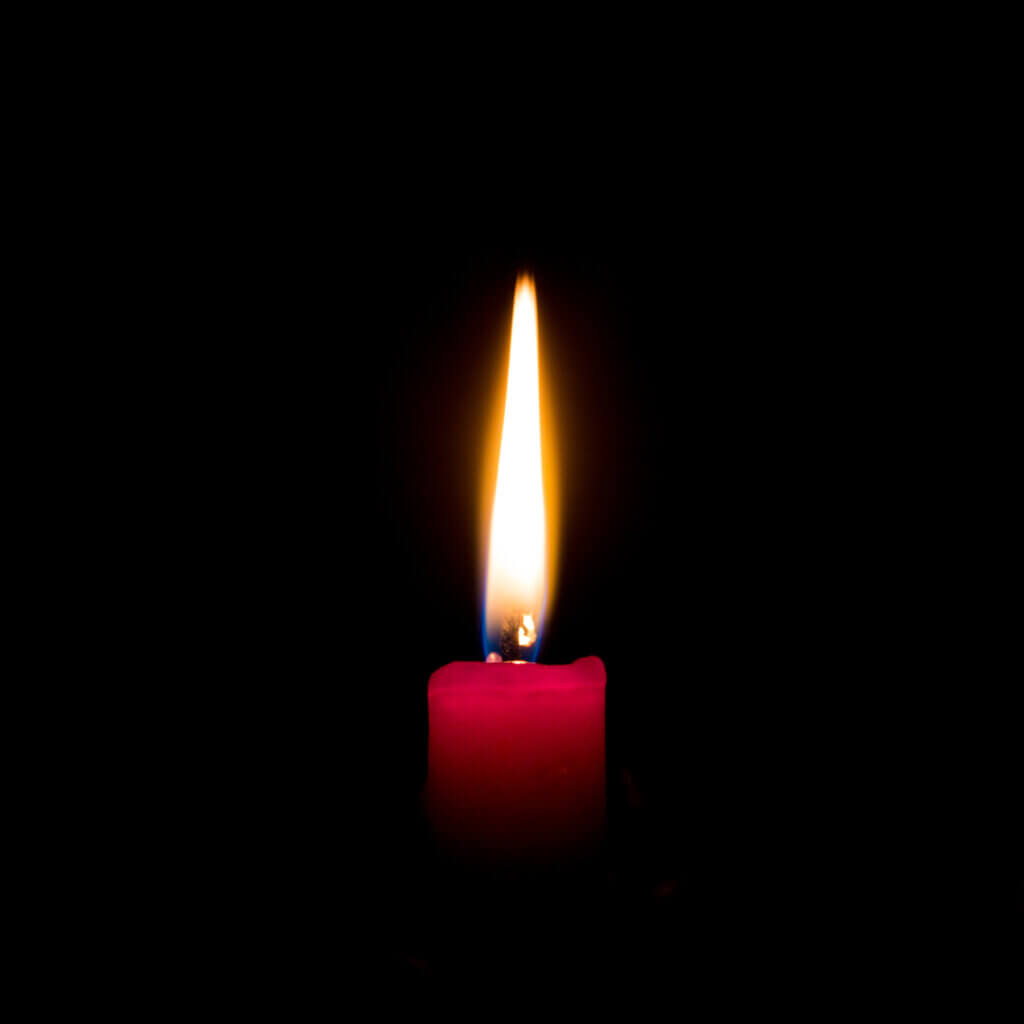Yule, also known as Yuletide, is a festival traditionally celebrated by Germanic people to mark the winter solstice. Some modern elements of Christmas, such as the Yule log, originally come from Yuletide. The word “Yule” comes from the word for “wheel”.
During an event held on Christmas Eve as part of Yule, called Modraniht, Anglo Saxons probably would have stayed up all night eating and drinking. Some think that during this event, sacrifices were made for God.
Yule log
The Yule log is a traditional symbol of the festival and a key part of the decorations. The log has to be grown or given, not bought, as this is considered unlucky. Traditionally, the log would be decorated, covered in ale and flour before being burnt using a piece of the previous year’s log. Some people may say this prayer whilst the log is burning:
May the log burn
May the wheel turn
May the evil spurn
May the Sun return
A different tree is traditionally used for the log in each country. In England, the log is made of oak, Scotland birch and France cherry.
Yule candle
On Christmas Eve, a red, green or blue candle decorated with holly would be lit on the night of Christmas Eve and left to burn until Christmas morning. This tradition is meant to encourage the sun to grow stronger.
